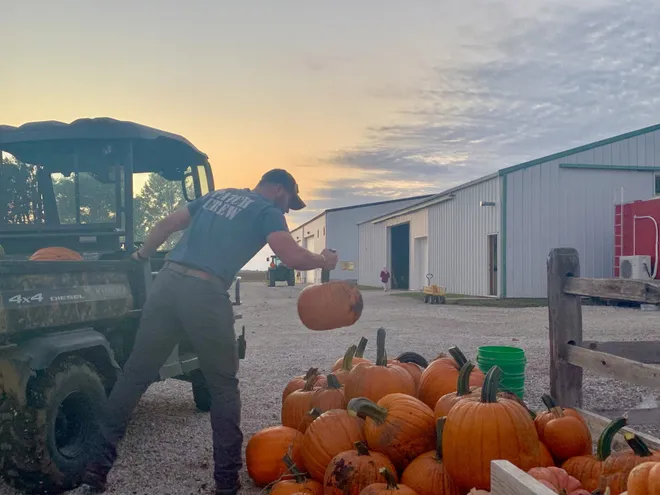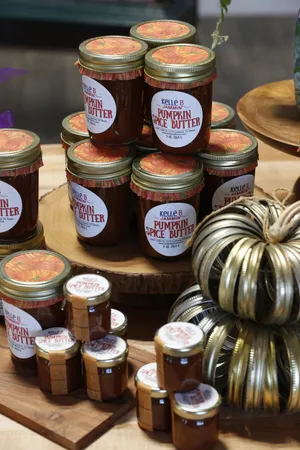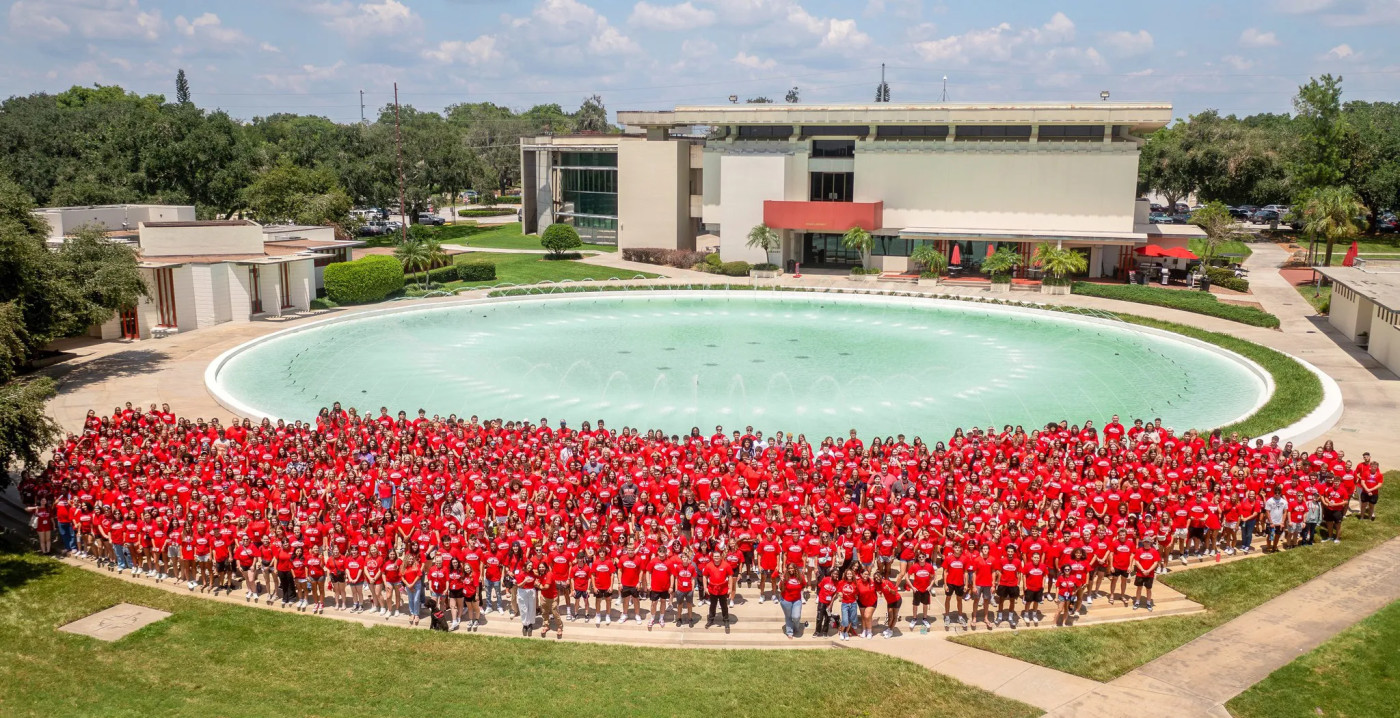The Pumpkin Spice Tax: To savor the flavor of fall, you will have to pay
It’s pumpkin spice season! Time to load up on pumpkin spice lattes, pumpkin ale and pumpkin spice trail mix.
But be prepared to pay.
Consumers who choose pumpkin-spiced products should expect to pay 7.4% more, on average, than they would for pumpkin-free alternatives. That finding comes from LendingTree, the personal finance site, in a seasonal report on a phenomenon it calls the pumpkin spice tax.
LendingTree has studied the pumpkin spice markup three times since 2020. The pumpkin surcharge totaled 8.8% in 2020 and 14.1% in 2022.
“The fact that we have consistently seen higher prices for pumpkin items has made it an interesting thing to keep coming back to,” said Matt Schulz, chief credit analyst at LendingTree. “It’s something that kind of takes over our country for a couple of months at this time of year.”

That quintessential flavor of fall will cost you
The site analyzed 116 supermarket and coffee-shop offerings this year, all flavored with pumpkin, pumpkin spice or both. The analysis found that retailers generally charge a bit more for anything with a pumpkin tag. Some sellers charged the same price but put the pumpkin-spiced product in a smaller package, a fresh example of the hot-button marketing strategy called “shrinkflation.”
A few examples:
- A 16-ounce Iced Pumpkin Spice Latte at Starbucks cost $7.45, LendingTree found, while a regular Iced Caffe Latte cost $5.95.
- A family-size box of Kellogg’s pumpkin spice Frosted Flakes cost $5.89 at Target. A family-size box of regular Frosted Flakes cost the same, but the box was bigger.
- A quart of Trader Joe’s Non-Dairy Pumpkin Oat Beverage cost $2.99. A quart of regular Non-dairy Oat Beverage cost $2.79.
But the pumpkin spice markup is not universal. LendingTree found that a quart of Starbucks pumpkin spice Cold Brew coffee concentrate, sold at Target, cost $11.49, the same price as the pumpkin-free alternative. And at Trader Joe's, a box of pumpkin Joe-Joe's sandwich cookies actually cost less per ounce than a spice-free option, chocolate and peanut butter Joe-Joe's. None of the retailers responded to a request for comment on how the products were priced.

When did pumpkin spice become a thing?
The pumpkin, of course, is synonymous with the October ritual of Halloween. Pumpkin spice, the product and marketing concept, dates at least to 1934, when the spice maker McCormick introduced the seasoning to flavor pies. Bakers everywhere recognized the utility of combining ginger, nutmeg, cinnamon, cloves and/or allspice in one fragrant jar.
But pumpkin spice didn’t really capture the pop-cultural zeitgeist until sometime after 2003, when Starbucks rolled out its pumpkin spice latte – in April, oddly enough. The pumpkin spice latte became Starbucks’ most popular seasonal beverage of all time.
Pumpkin spice emerged as a foodie trend in 2010, according to McCormick, which tracks such things in a periodic Flavor Forecast.
Today, pumpkin and pumpkin spice flavors or scents everything from donuts to creamer to hand soap. There is even a National Pumpkin Spice Day. (You just missed it.)
More:Your 12-foot skeleton is scaring neighborhood dogs, who don't know what Halloween is

The pumpkin spice tax is all about scarcity
A 15-ounce can of pumpkin costs a dollar or two at Walmart, according to the retailer’s website. A jar of pumpkin spice doesn’t cost much more than that.
Why, then, do many food companies charge a premium when they add pumpkin (or pumpkin spice) to their products?
“The short answer is, scarcity,” said Deidre Popovich, an associate professor of marketing at Texas Tech University. “It’s only available for a limited amount of time, which means people are less price-sensitive, and they’re willing to pay more.”
To put it more bluntly, retailers charge extra for pumpkin-spiced products “because companies can get away with it,” Popovich said. “The market will support it.”
Pumpkin spice season invokes images of harvest-festival nostalgia, Popovich said: Pumpkin pie at grandma’s house. Turning leaves. Hot cider.
But she will not be sad when the season has passed.
“I actually find the whole thing a little bit ridiculous at this point,” she said. “I’ve seen things like pumpkin spice dog food.”
Contributing: Morgan Hines.
Disclaimer: The copyright of this article belongs to the original author. Reposting this article is solely for the purpose of information dissemination and does not constitute any investment advice. If there is any infringement, please contact us immediately. We will make corrections or deletions as necessary. Thank you.







